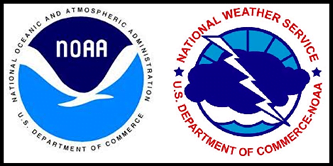RSS feed source: US National Weather Service
While heavy rain has ended over the area, flows in smaller streams and rivers may still increase due to a delayed response from the 1 to 3 inches of rainfall reported across the area since last evening. * WHAT…Flooding caused by rain and snowmelt continues to be possible, but the threat of higher end impacts has decreased. * WHERE…A portion of south central Montana, including the following areas, Absaroka/Beartooth Mountains, Beartooth Foothills, Crazy Mountains, Livingston Area, Melville Foothills, Northern Carbon, Northern Park, Northern Stillwater, Northern Sweet Grass, Paradise Valley, Red Lodge Foothills and Southeastern Carbon. * WHEN…Until 6 PM MDT this evening. * IMPACTS…Excessive runoff may result in flooding of streams
Click this link to continue reading the article on the source website.

